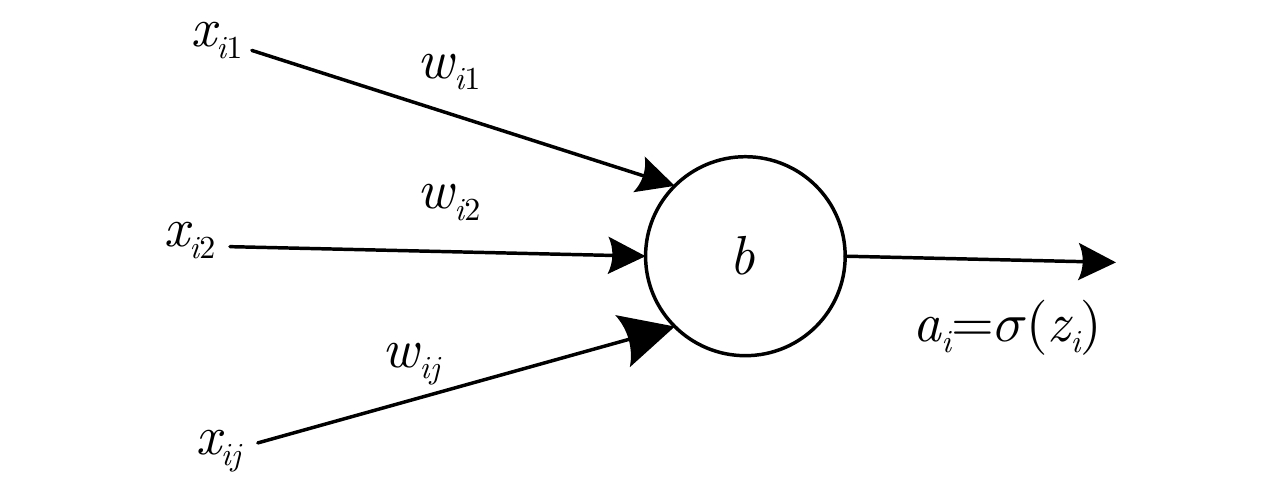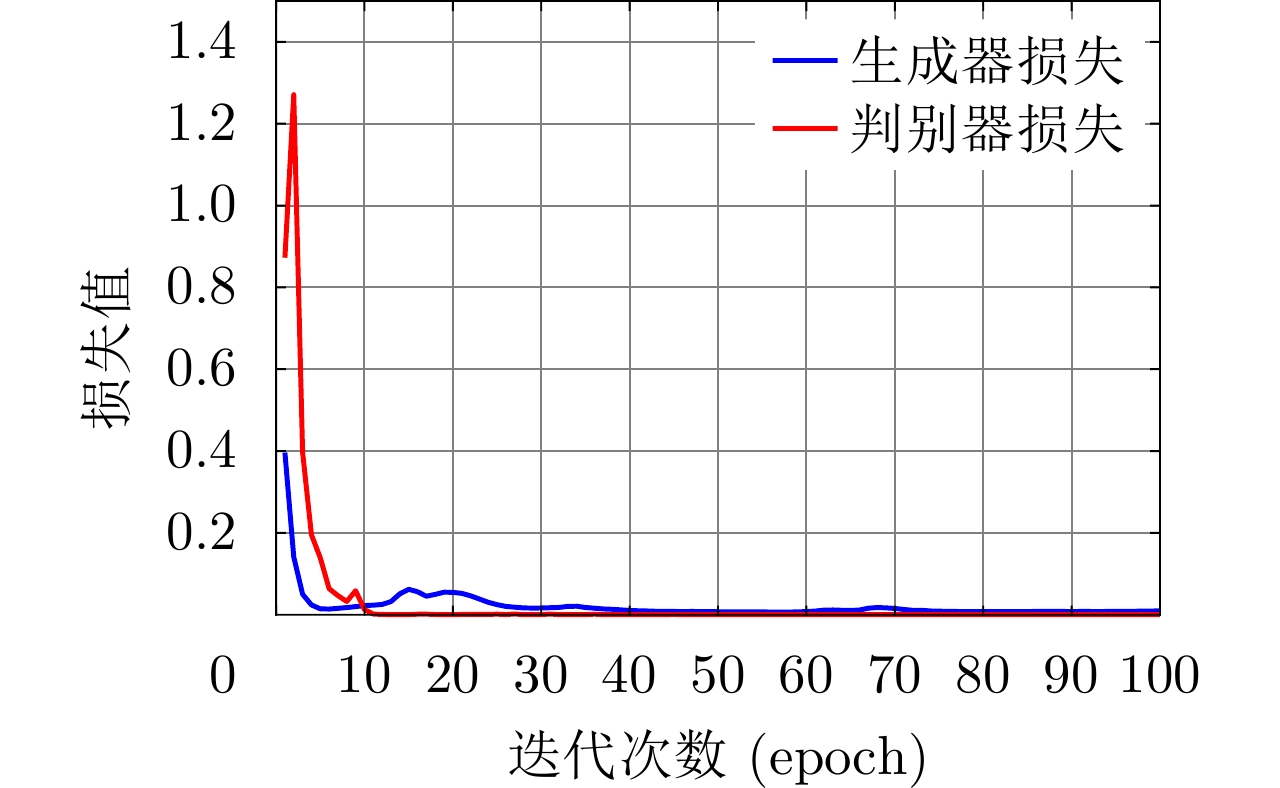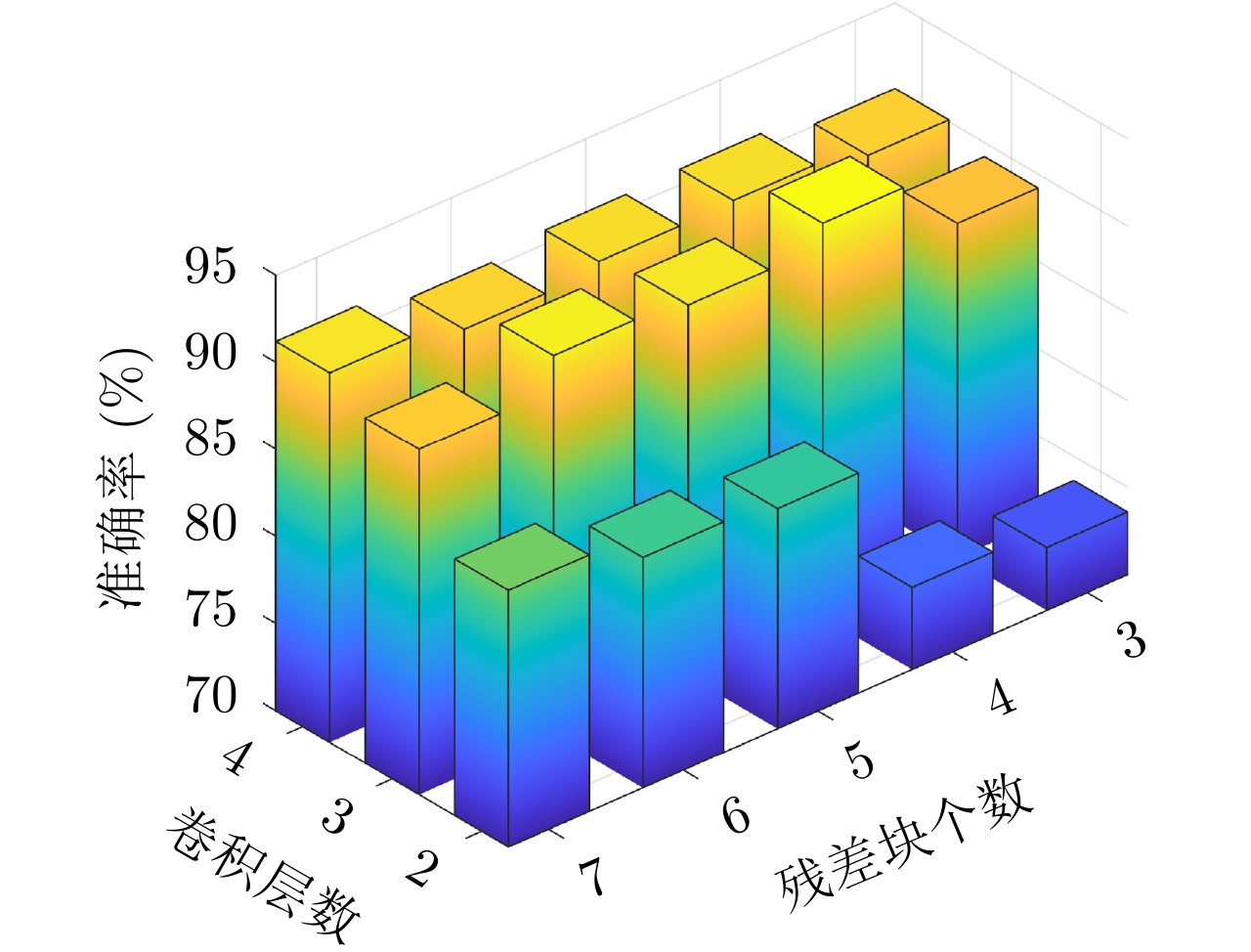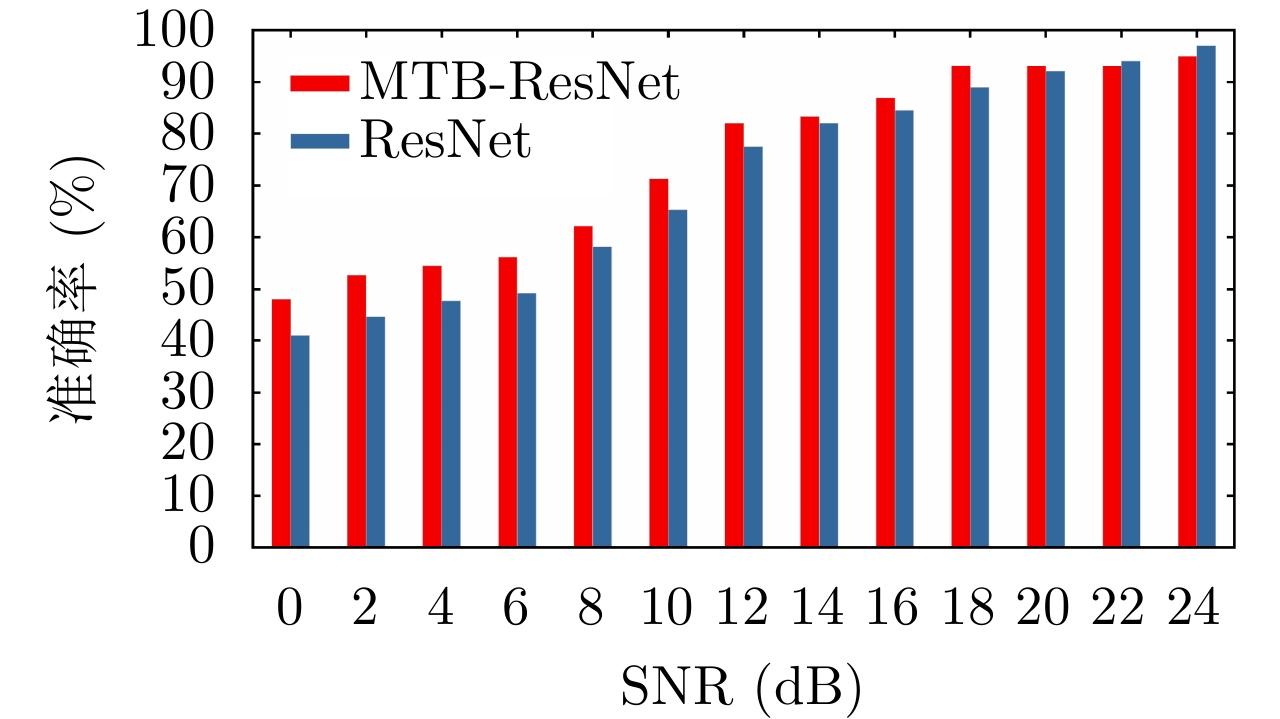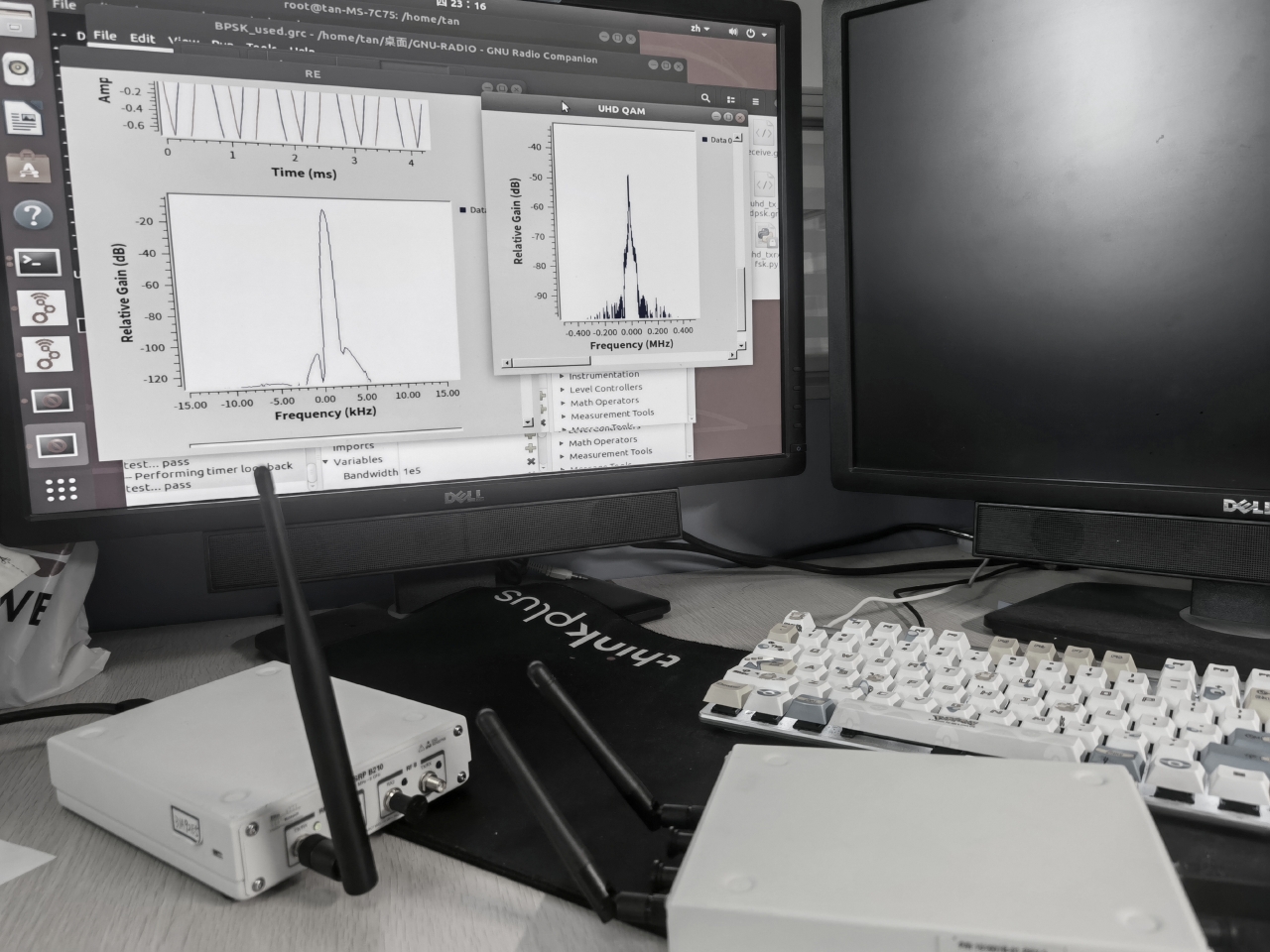| [1] |
XING Yuexiu, HU Aiqun, ZHANG Junqing, et al. Design of a robust radio-frequency fingerprint identification scheme for multimode LFM radar[J]. IEEE Internet of Things Journal, 2020, 7(10): 10581–10593. doi: 10.1109/JIOT.2020.3003692 |
| [2] |
SANKHE K, BELGIOVINE M, ZHOU Fan, et al. No radio left behind: Radio fingerprinting through deep learning of physical-layer hardware impairments[J]. IEEE Transactions on Cognitive Communications and Networking, 2020, 6(1): 165–178. doi: 10.1109/TCCN.2019.2949308 |
| [3] |
POLAK A C, DOLATSHAHI S, and GOECKEL D L. Identifying wireless users via transmitter imperfections[J]. IEEE Journal on Selected Areas in Communications, 2011, 29(7): 1469–1479. doi: 10.1109/JSAC.2011.110812 |
| [4] |
SUN Jinlong, SHI Wenjuan, YANG Zhutian, et al. Behavioral modeling and linearization of wideband RF power amplifiers using BiLSTM networks for 5G wireless systems[J]. IEEE Transactions on Vehicular Technology, 2019, 68(11): 10348–10356. doi: 10.1109/TVT.2019.2925562 |
| [5] |
PAN Yiwei, YANG Sihan, PENG Hua, et al. Specific emitter identification using signal trajectory image[J]. Journal of Electronics & Information Technology, 2020, 42(4): 941–949. doi: 10.11999/JEIT190329 |
| [6] |
DIGNE F, BAUSSARD A, KHENCHAF A, et al. Classification of radar pulses in a naval warfare context using Bézier curve modeling of the instantaneous frequency law[J]. IEEE Transactions on Aerospace and Electronic Systems, 2017, 53(3): 1469–1480. doi: 10.1109/TAES.2017.2671578 |
| [7] |
GUO Shanzeng, AKHTAR S, and MELLA A. A method for radar model identification using time-domain transient signals[J]. IEEE Transactions on Aerospace and Electronic Systems, 2021, 57(5): 3132–3149. doi: 10.1109/TAES.2021.3074129 |
| [8] |
URETEN O and SERINKEN N. Bayesian detection of Wi-Fi transmitter RF fingerprints[J]. Electronics Letters, 2005, 41(6): 373–374. doi: 10.1049/el:20057769 |
| [9] |
GONG Jialiang, XU Xiaodong, and LEI Yingke. Unsupervised specific emitter identification method using radio-frequency fingerprint embedded InfoGAN[J]. IEEE Transactions on Information Forensics and Security, 2020, 15: 2898–2913. doi: 10.1109/TIFS.2020.2978620 |
| [10] |
YAO Yanyan, YU Lu, and CHEN Yiming. Specific emitter identification based on square integral bispectrum features[C]. 2020 IEEE 20th International Conference on Communication Technology (ICCT), Nanning, China, 2020: 1311–1314.
|
| [11] |
ZHANG Jingwen, WANG Fanggang, DOBRE O A, et al. Specific emitter identification via Hilbert-Huang transform in single-hop and relaying scenarios[J]. IEEE Transactions on Information Forensics and Security, 2016, 11(6): 1192–1205. doi: 10.1109/TIFS.2016.2520908 |
| [12] |
YUAN Yingjun, HUANG Zhitao, WU Hao, et al. Specific emitter identification based on Hilbert-Huang transform-based time-frequency-energy distribution features[J]. IET Communications, 2014, 8(13): 2404–2412. doi: 10.1049/iet-com.2013.0865 |
| [13] |
PAN Yiwei, YANG Sihan, PENG Hua, et al. Specific emitter identification based on deep residual networks[J]. IEEE Access, 2019, 7: 54425–54434. doi: 10.1109/ACCESS.2019.2913759 |
| [14] |
QIN Xin, HUANG Jie, WANG Jiantao, et al. Radar emitter identification based on unintentional phase modulation on pulse characteristic[J]. Journal on Communications, 2020, 41(5): 104–111. doi: 10.11959/j.issn.1000-436x.2020084 |
| [15] |
SATIJA U, TRIVEDI N, BISWAL G, et al. Specific emitter identification based on variational mode decomposition and spectral features in single hop and relaying scenarios[J]. IEEE Transactions on Information Forensics and Security, 2018, 14(3): 581–591. doi: 10.1109/TIFS.2018.2855665 |
| [16] |
SA Kejin, LANG Dapeng, WANG Chenggang, et al. Specific emitter identification techniques for the internet of things[J]. IEEE Access, 2020, 8: 1644–1652. doi: 10.1109/ACCESS.2019.2962626 |
| [17] |
MERCHANT K, REVAY S, STANTCHEV G, et al. Deep learning for RF device fingerprinting in cognitive communication networks[J]. IEEE Journal of Selected Topics in Signal Processing, 2018, 12(1): 160–167. doi: 10.1109/JSTSP.2018.2796446 |
| [18] |
QIAN Yunhan, QI Jie, KUAI Xiaoyan, et al. Specific emitter identification based on multi-level sparse representation in automatic identification system[J]. IEEE Transactions on Information Forensics and Security, 2021, 16: 2872–2884. doi: 10.1109/TIFS.2021.3068010 |
| [19] |
WU Qingyang, FERES C, KUZMENKO D, et al. Deep learning based RF fingerprinting for device identification and wireless security[J]. Electronics Letters, 2018, 54(24): 1405–1407. doi: 10.1049/el.2018.6404 |
| [20] |
WANG Xuebao, HUANG Gaoming, MA Congshan, et al. Convolutional neural network applied to specific emitter identification based on pulse waveform images[J]. IET Radar, Sonar & Navigation, 2020, 14(5): 728–735. doi: 10.1049/iet-rsn.2019.0456 |
| [21] |
HE Zunwen, HOU Shuai, ZHANG Wancheng, et al. Multi-feature fusion classification method for communication specific emitter identification[J]. Journal on Communications, 2021, 42(2): 103–112. doi: 10.11959/j.issn.1000-436x.2021028 |
| [22] |
ZHOU Huaji, JIAO Licheng, ZHENG Shilian, et al. Generative adversarial network-based electromagnetic signal classification: A semi-supervised learning framework[J]. China Communications, 2020, 17(10): 157–169. doi: 10.23919/JCC.2020.10.011 |
| [23] |
ABDI L and HASHEMI S. To combat multi-class imbalanced problems by means of over-sampling techniques[J]. IEEE Transactions on Knowledge and Data Engineering, 2016, 28(1): 238–251. doi: 10.1109/TKDE.2015.2458858 |
| [24] |
BUNKHUMPORNPAT C, SINAPIROMSARAN K, and LURSINSAP C. DBSMOTE: Density-based synthetic minority over-sampling technique[J]. Applied Intelligence, 2012, 36(3): 664–684. doi: 10.1007/s10489-011-0287-y |
| [25] |
KANG Qi, CHEN Xiaoshuang, LI Sisi, et al. A noise-filtered under-sampling scheme for imbalanced classification[J]. IEEE Transactions on Cybernetics, 2017, 47(12): 4263–4274. doi: 10.1109/TCYB.2016.2606104 |
| [26] |
HOU Yun, LI Li, LI Bailin, et al. An anti-noise ensemble algorithm for imbalance classification[J]. Intelligent Data Analysis, 2019, 23(6): 1205–1217. doi: 10.3233/IDA-184354 |
| [27] |
KRAWCZYK B, WOŹNIAK M, and SCHAEFER G. Cost-sensitive decision tree ensembles for effective imbalanced classification[J]. Applied Soft Computing, 2014, 14: 554–562. doi: 10.1016/j.asoc.2013.08.014 |
| [28] |
DUAN Wei, JING Liang, and LU Xiangyang. Imbalanced data classification using cost-sensitive support vector machine based on information entropy[J]. Advanced Materials Research, 2014, 989/994: 1756–1761. doi: 10.4028/www.scientific.net/AMR.989-994.1756 |
| [29] |
ZHANG Zhongliang, LUO Xinggang, GARCÍA S, et al. Cost-sensitive back-propagation neural networks with binarization techniques in addressing multi-class problems and non-competent classifiers[J]. Applied Soft Computing, 2017, 56: 357–367. doi: 10.1016/j.asoc.2017.03.016 |
| [30] |
DHAR S and CHERKASSKY V. Development and evaluation of cost-sensitive universum-SVM[J]. IEEE Transactions on Cybernetics, 2015, 45(4): 806–818. doi: 10.1109/TCYB.2014.2336876 |
| [31] |
GOODFELLOW I J, POUGET-ABADIE J, MIRZA M, et al. Generative adversarial nets[C]. The 27th International Conference on Neural Information Processing Systems, Montreal, Canada, 2014: 2672–2680.
|
| [32] |
RADFORD A, METZ L, and CHINTALA S. Unsupervised representation learning with deep convolutional generative adversarial networks[EB/OL]. arXiv: 1511.06434[cs.LG], 2015. https://arxiv.org/abs/1511.06434. |
| [33] |
HE Kaiming, ZHANG Xiangyu, REN Shaoqing, et al. Deep residual learning for image recognition[C]. 2016 IEEE Conference on Computer Vision and Pattern Recognition, Las Vegas, USA, 2016: 770–778.
|
| [34] |
ZHANG Linbin, ZHANG Caiguang, QUAN Sinong, et al. A class imbalance loss for imbalanced object recognition[J]. IEEE Journal of Selected Topics in Applied Earth Observations and Remote Sensing, 2020, 13: 2778–2792. doi: 10.1109/JSTARS.2020.2995703 |
| [35] |
LIN T Y, GOYAL P, GIRSHICK R, et al. Focal loss for dense object detection[J]. IEEE Transactions on Pattern Analysis and Machine Intelligence, 2020, 42(2): 318–327. doi: 10.1109/TPAMI.2018.2858826 |
| [36] |
KHAN S H, HAYAT M, BENNAMOUN M, et al. Cost-sensitive learning of deep feature representations from imbalanced data[J]. IEEE Transactions on Neural Networks and Learning Systems, 2018, 29(8): 3573–3587. doi: 10.1109/TNNLS.2017.2732482 |




 Submit Manuscript
Submit Manuscript Peer Review
Peer Review Editor Work
Editor Work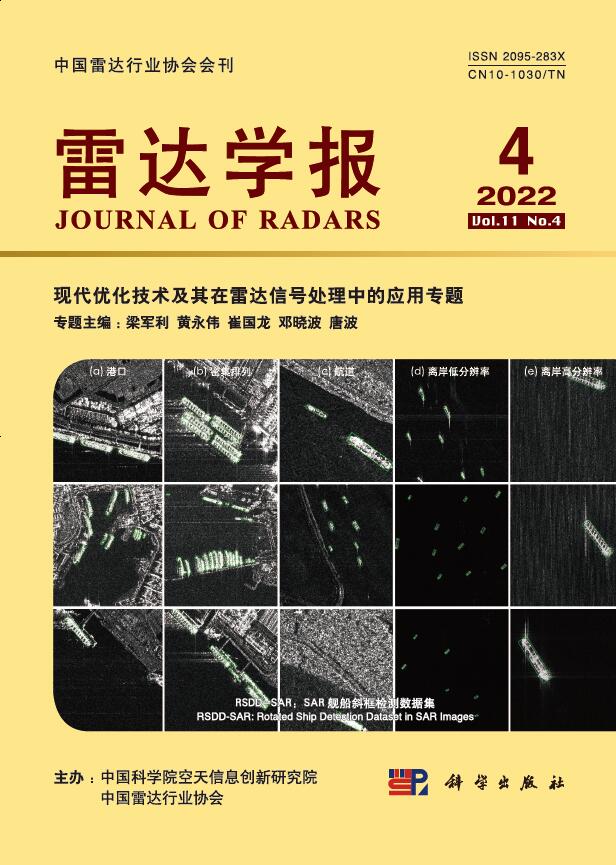

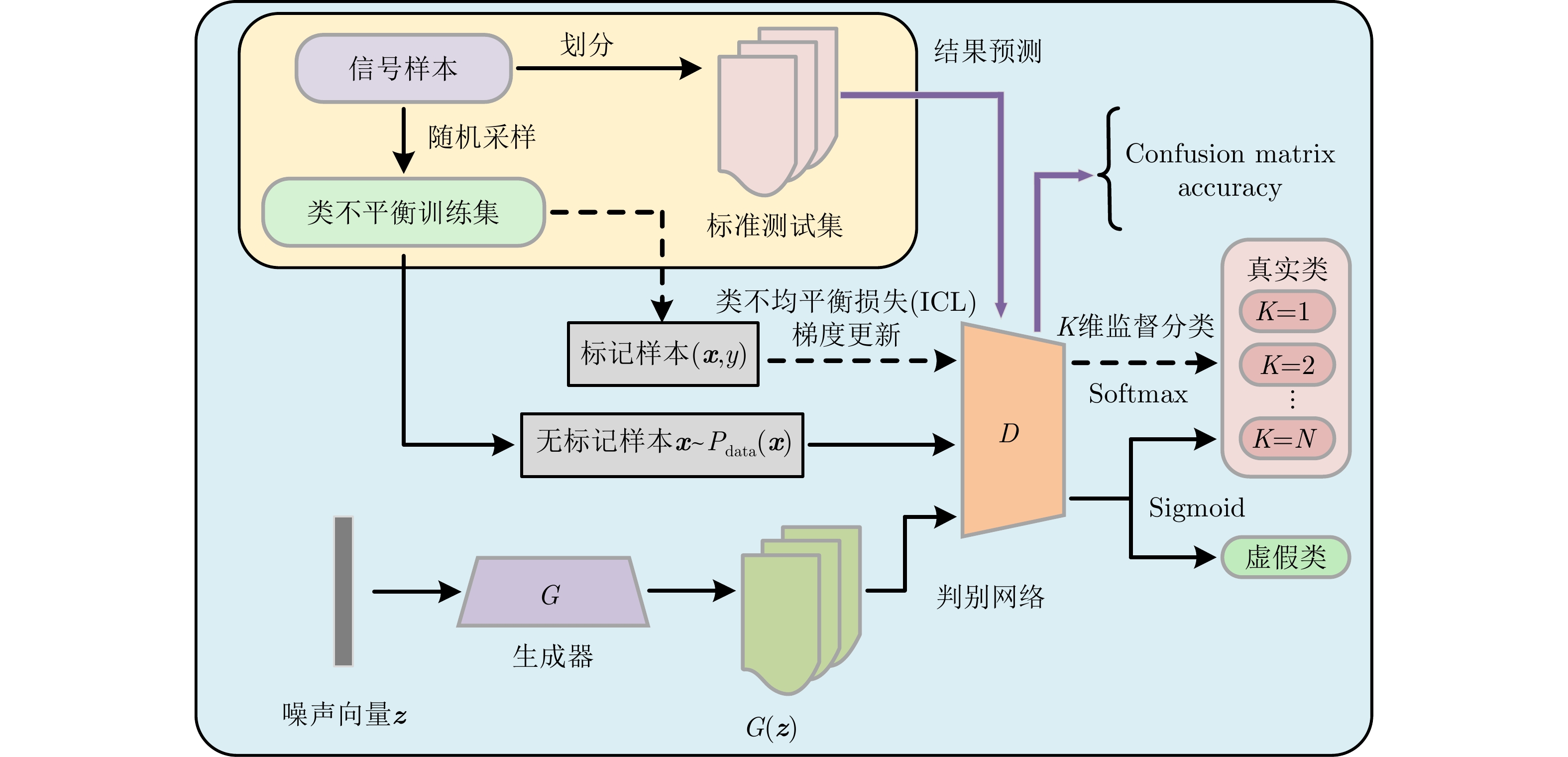



 DownLoad:
DownLoad:


